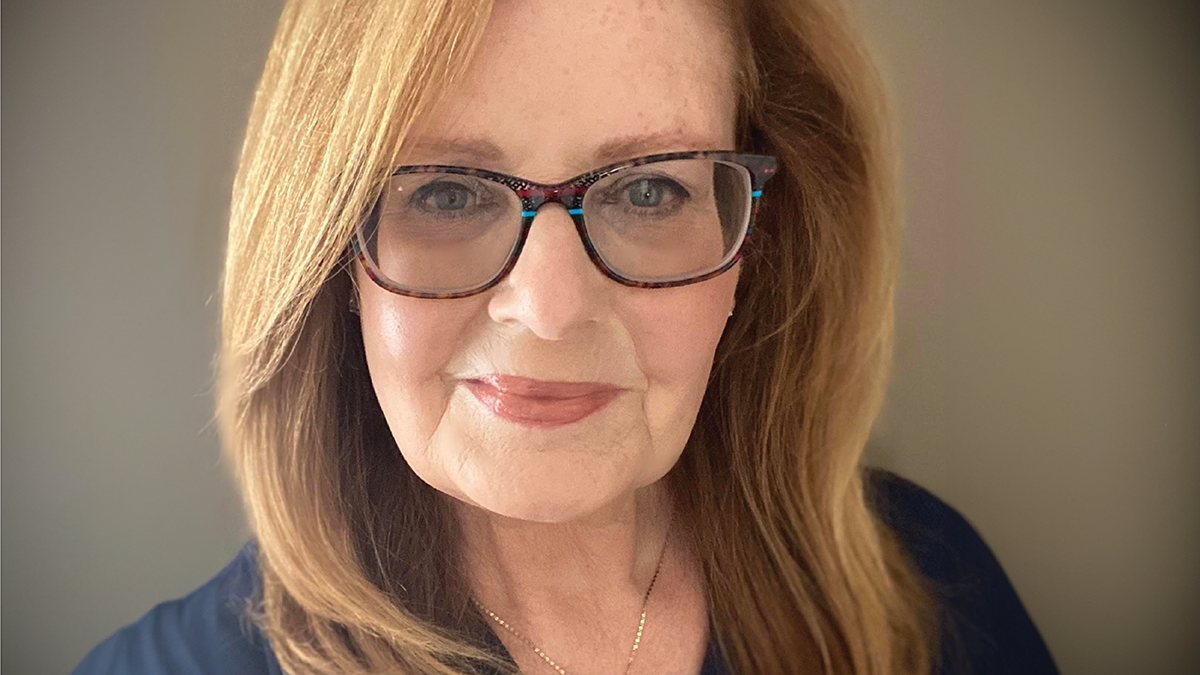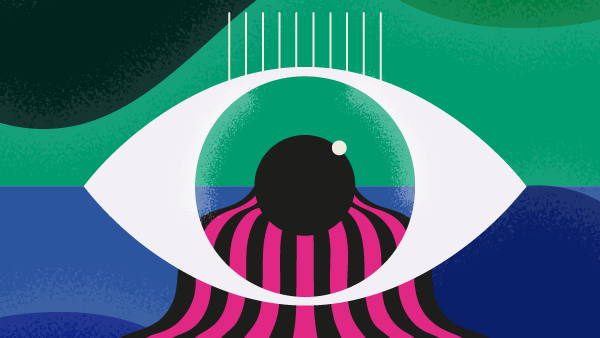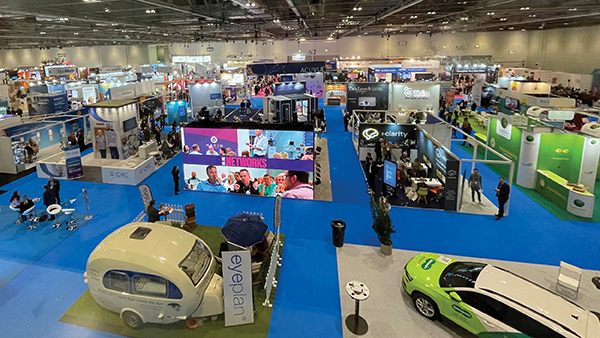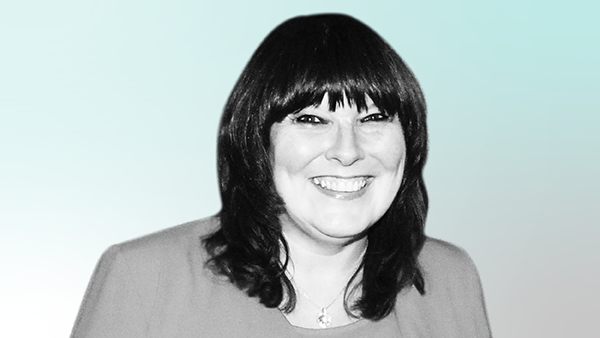Patient Perspectives: Living with the Unknown
Though I suffer long-term vision loss caused by glaucoma, I still live life to the fullest – all thanks to the excellent care I’ve received
Fourteen years ago, I was diagnosed with glaucoma. What has impacted me the most is how the condition affects my independence. Tasks like driving have become difficult – I can no longer drive long-distances. The loss of depth perception creates numerous challenges. Going up and down stairs, maneuvering curbs and escalators can be very scary. I’ve had to relearn how to navigate these everyday things that other people take for granted.
Pre-glaucoma, I was a voracious reader. With central vision loss in my right eye, and the vision in the top half of my left eye completely gone, I can no longer sit down and enjoy a good book. Instead, I listen to audio books, which took retraining on my part. I am a visual learner, not auditory, and learning to focus my attention on the spoken word was a shift for me. Grateful to be able to continue reading, I probably read a book a month now. Creative writing is also something I won’t give up. Using an iPad with its “read aloud” feature is a game changer for me. With this feature I can edit any copy or emails before sending them out. These types of assists – which seem to be getting better and more accurate every day – are truly helpful, and really can enhance one’s quality of life, even with glaucoma.
In terms of the treatments, it has been a very long road for me. I had my first surgery nine years ago. Before that, I was using eye drops for many years. I tried many drops with all types of reactions. On a routine visit to the Wilmer Eye Institute in Baltimore, my doctor and I were shocked that my IOP had shot up from around 10 mmHg and 15 mmHg – normal for me – to 42 mmHg. I started rapidly losing vision in my left eye and it just didn’t stop. My doctor immediately got me into surgery and performed a Baerveldt shunt. It took quite a long time to recover from such an invasive operation, but it helped my pressures become stable for another five years.
At that point, I was still on eyedrops in both eyes, along with the Baerveldt shunt, but my pressures went up again. I had my first trab in my right eye. About six months later, my doctor told me the pressures were sneaking up in the left eye, and another trabeculectomy was performed. Five years after these surgeries, I’m on no medication whatsoever; the trabs and the Baerveldt shunt are working beautifully to take the aqueous fluids away from the eye and provide proper drainage. I was at Wilmer Eye Institute just recently and was told that I was once again stable – no vision loss at all in the past five years.
In all honesty, I’m happy not to take eye drops anymore. But if you do have glaucoma, eye drops are just a fact of life – a necessity. At one point, I was taking two drops at a time and I would set a reminder on my phone every day. It was very important for me to maintain the regime because I knew my vision depended on it. One thing I have found when talking with other people that have glaucoma is that we’re not generally shown how to properly instill eye drops. I now know that the correct method is ocular occlusion – the Glaucoma Research Foundation and its current Faces of Glaucoma campaign is a good source of information for understanding how to instill drops and to keep up on the latest resources and innovations in the field of glaucoma.
I’ve had a very positive experience with eye care professionals. When I first learned I had glaucoma, it was absolutely terrifying. I didn’t know which questions to ask. I immediately thought I was going to lose my vision, but 14 years later I’m still functioning, doing things that I love, and living a very full life. Patients need to stay positive more than anything. Finding good care is absolutely key of course; I was very fortunate that I live about an hour away from where the Wilmer Eye Institute – one of the best eye hospitals in the world – is located. I’ve had wonderful doctors and treatment there.
There are some great resources for glaucoma – I would like to see eye care professionals be proactive in directing their patients to them; The Glaucoma Research Foundation website is a wonderful place for anyone looking for information – and there are also some great books (The Glaucoma Guidebook by Constance Okeke is one book that everyone with glaucoma should have on their shelf!). I’ve also learned that, as patients, we need to become our own advocates – getting out there and finding information for ourselves. That said, I wish I knew somebody that had gone through this before; to have helped guide me along this path. Having somebody with you – in meetings with your physician – is a good thing to consider. In that initial consultation you miss lots of information. Having someone who knows the questions to ask – “Why am I getting this test done today?” “What does the visual field do for me?” – can be extremely useful in understanding and managing this lifelong disease. In this regard, empathy and intuition from eye care professionals can also help a great deal.
Fourteen years ago – and still today – I would love to find a cure for glaucoma. There are scientists and researchers doing some incredible work right now – not only on finding a cure, but also looking into the restoration of the optic nerve. I do feel that this will be possible in the future. And there are so many new technologies, such as MIGS (Minimally Invasive Surgery) which are just incredible. These implants are about the size of an eyelash and help to drain fluid from the eye. I wish they were available 14 years ago! And that’s why it’s important to be your own advocate and find out about new treatments, because glaucoma research is a constantly evolving field, with many surprising and innovative developments happening every single day.
This article first appeared in The Ophthalmologist.
The New Optometrist Newsletter
Permission Statement
By opting-in, you agree to receive email communications from The New Optometrist. You will stay up-to-date with optometry content, news, events and sponsors information.
You can view our privacy policy here
Most Popular
Sign up to The New Optometrist Updates
Permission Statement
By opting-in, you agree to receive email communications from The New Optometrist. You will stay up-to-date with optometry content, news, events and sponsors information.
You can view our privacy policy here
Sign up to The New Optometrist Updates
Permission Statement
By opting-in, you agree to receive email communications from The New Optometrist. You will stay up-to-date with optometry content, news, events and sponsors information.
You can view our privacy policy here







